Yangliuqing Woodblock New Year Paintings (杨柳青木版年画), hailed as the “Crown Jewel of Chinese Folk Art,” are a mesmerizing fusion of woodblock printing and hand-painted artistry. Originating in Tianjin’s ancient Yangliuqing Town, these vibrant works have adorned Chinese homes for centuries during Lunar New Year celebrations, symbolizing prosperity, joy, and cultural identity.
Recognized as a UNESCO Intangible Cultural Heritage in 2006, they offer travelers a vivid glimpse into China’s artistic soul.
Historical Roots
Dating back to the Ming Dynasty’s Wanli era (1573–1620), Yangliuqing’s art flourished under the Qing Dynasty (1644–1911), becoming a cultural powerhouse. Nestled along the Grand Canal, the town’s proximity to Beijing allowed artisans to supply the imperial court, blending folk traditions with refined techniques.
By the 18th century, Yangliuqing’s workshops dominated northern China, with over 3,000 artists across 36 villages embodying the saying: “Every household paints; every family excels in artistry”.
Artisanal Craftsmanship: Half-Printing, Half-Painting
Yangliuqing’s uniqueness lies in its “ban yin ban hua” technique (半印半画)—a meticulous five-step process:
1.Engraving:
Master carvers etch intricate designs onto pear-wood blocks.
2.Printing:
Layers of ink transfer outlines onto rice paper, creating a base.
3.Hand-Painting:
Artists breathe life into prints using mineral pigments, blending delicate brushstrokes with bold colors.
4.Detailing:
Gold leaf accents and symbolic motifs (e.g., lotus for harmony, fish for abundance) add depth.
5.Mounting:
Finished works are framed or scroll-mounted for display.
This labor-intensive method ensures no two pieces are identical, preserving the human touch in an age of mass production.
Cultural Significance: More Than Decoration
Yangliuqing paintings are a visual encyclopedia of Chinese culture:
1.Symbolism:
Classic works like “Lotus and Children” (莲年有余) depict chubby babies holding fish and lotuses, homophones for “surplus” and “successive prosperity”.
2.Storytelling:
Scenes from operas, myths, and historical events (e.g., “The Romance of the Three Kingdoms”) preserve folklore.
3.Social Commentary:
20th-century works like “Women’s Education” reflect societal shifts, blending tradition with modernity.
During the Japanese invasion (1937–1945), many woodblocks were destroyed, but post-1949 revival efforts, led by inheritors like Huo Qingshun, saved this heritage from extinction.
Where to Experience Yangliuqing Art in Tianjin
Yangliuqing Woodblock Print Museum: Located in Hexi District, this museum houses over 10,000 Ming-era prints and 6,400 woodblocks, offering workshops to try painting.
Yuchenghao Painting Studio: In Yangliuqing Ancient Town, watch masters like Huo Qingshun demonstrate techniques passed down through generations.
Cultural Festivals: Visit during Lunar New Year to see streets adorned with new prints and traditional performances.
Pair your visit with Tianjin’s culinary delights—Goubuli steamed buns or Ear-Hole Fried Cakes—for a full cultural immersion.

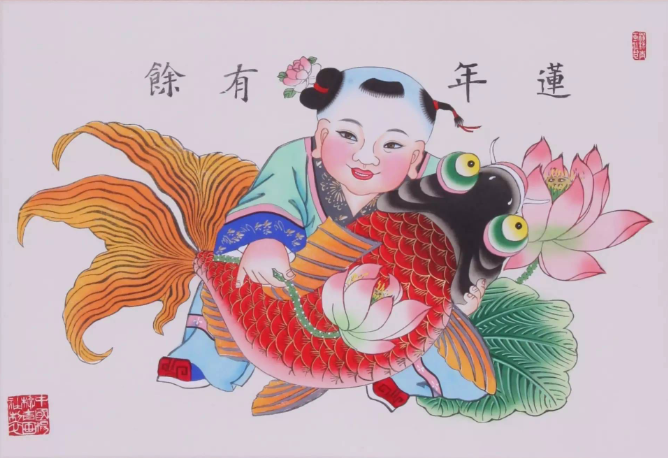
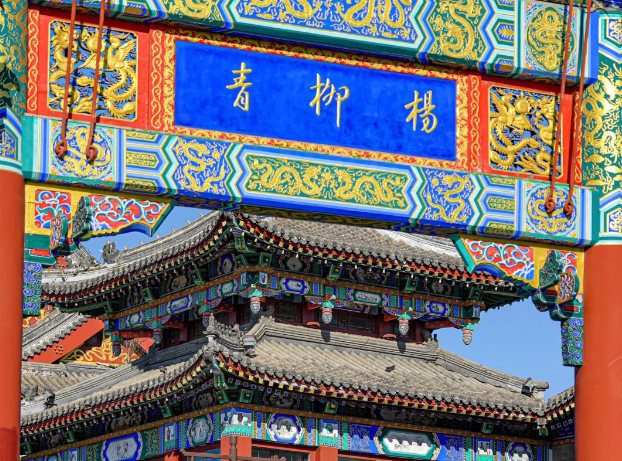
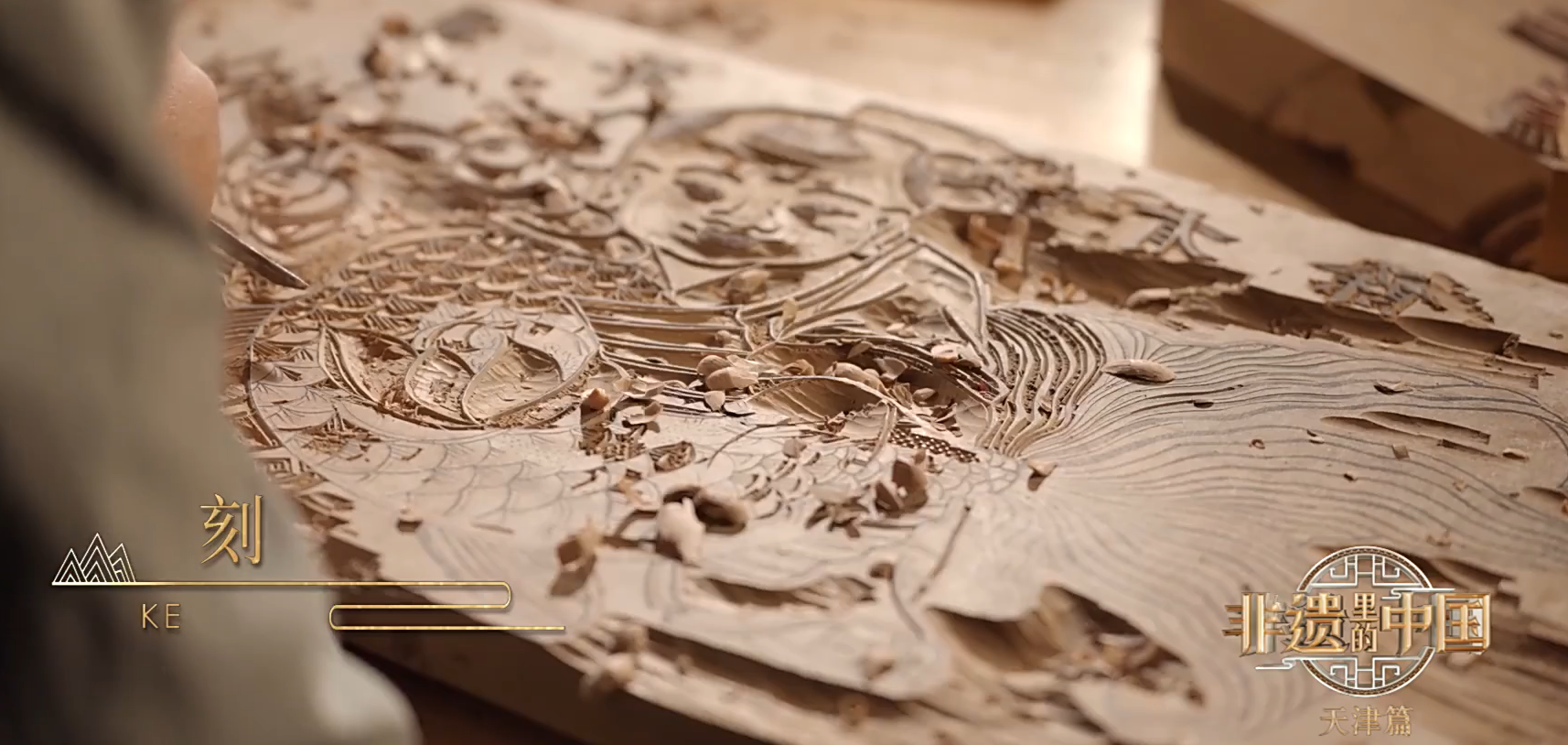
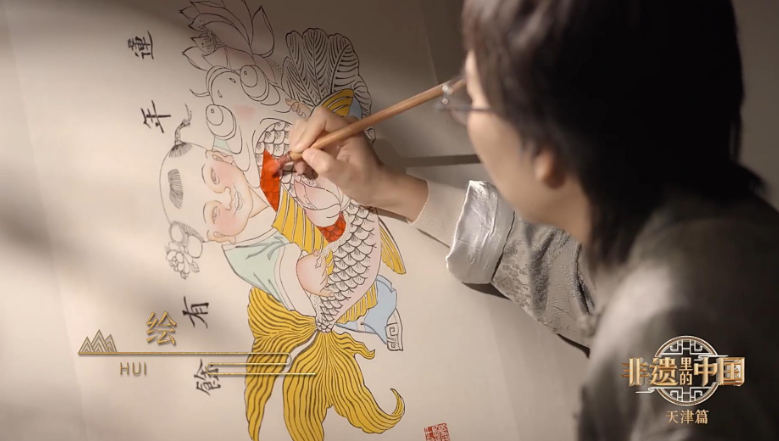
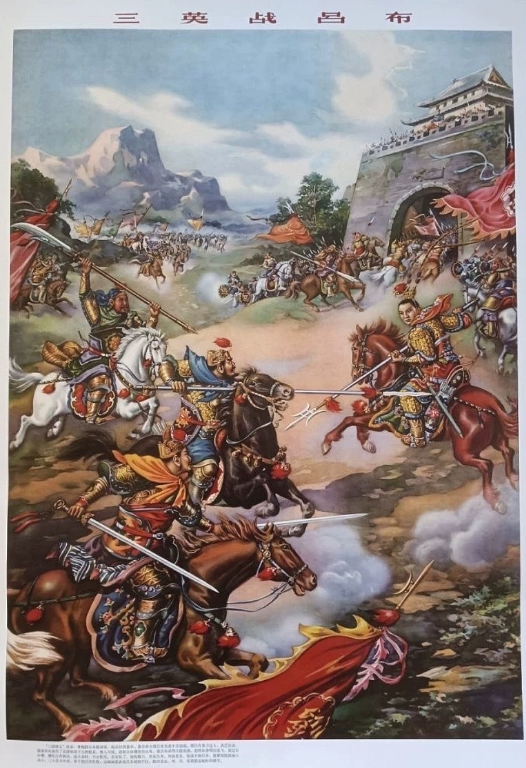
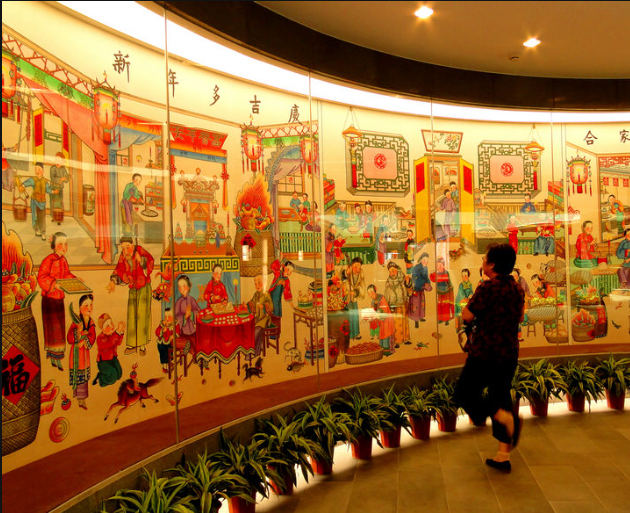






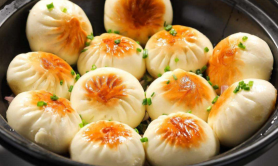






No comments yet